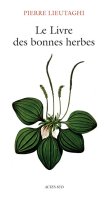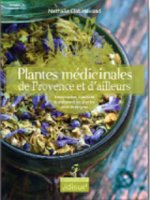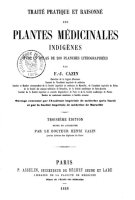Botanique
Plante : ↕ 25 - 80 cm
Feuille : opposées, pétiolée, simple, ovale, dentée
Inflorescence : glomérule
Fleur : ↕ 6 - 8 mm
Fruit : akène
Feuille : opposées, pétiolée, simple, ovale, dentée
Inflorescence : glomérule
Fleur : ↕ 6 - 8 mm
Fruit : akène
Habitat
Lieux humides, berges
Eurasie
Altitude : 0 ∼ 1400 m
Eurasie
Altitude : 0 ∼ 1400 m
Indications
Infusion : expectorante et calme la toux ; digestive
Précautions
Hépatotoxique à forte dose
HE : neurotoxique et abortive
HE : neurotoxique et abortive
En cuisine
Feuille : comme aromate, sucré ou salé ; en infusion
Autres usages
En lotion contre les parasites


























